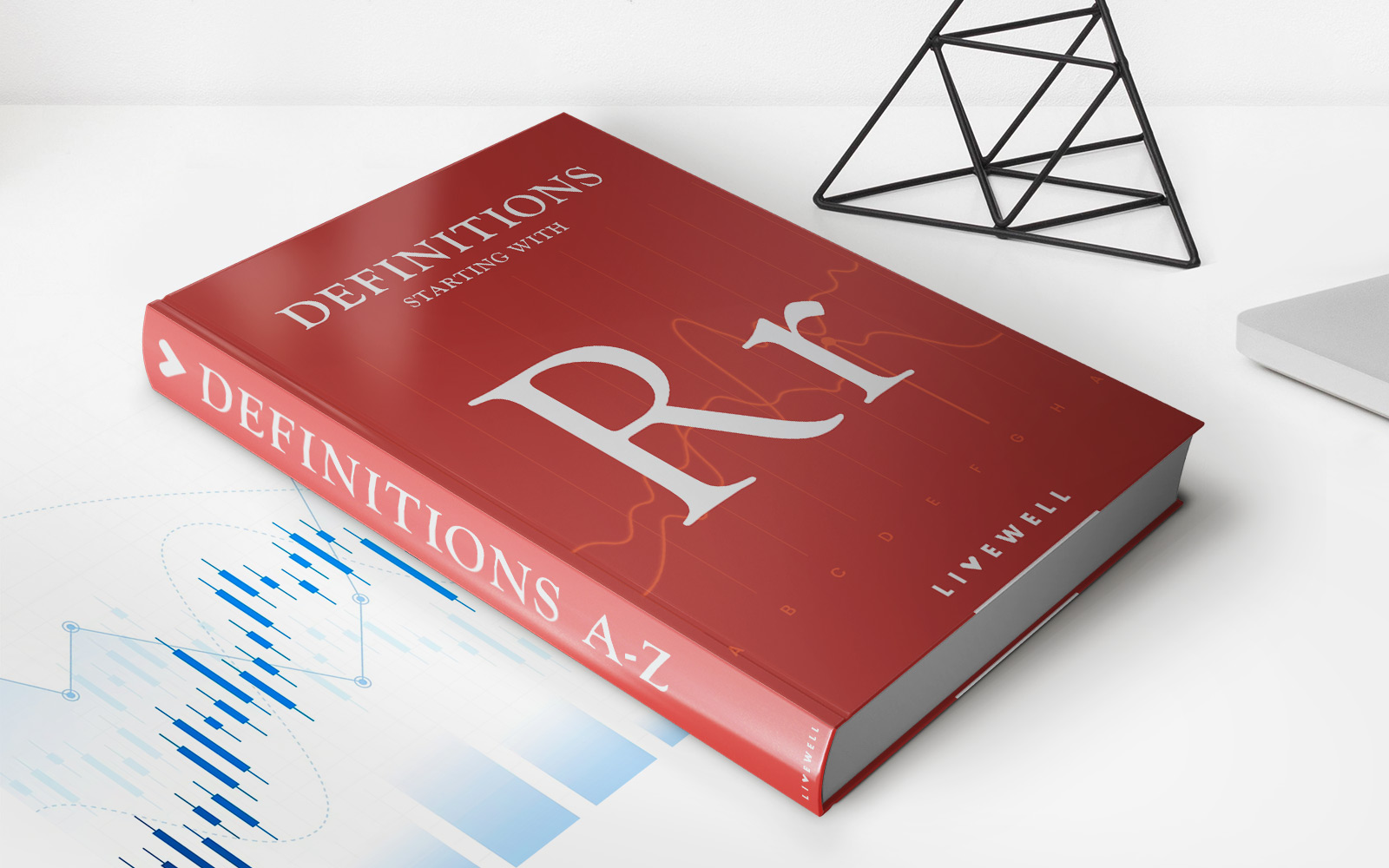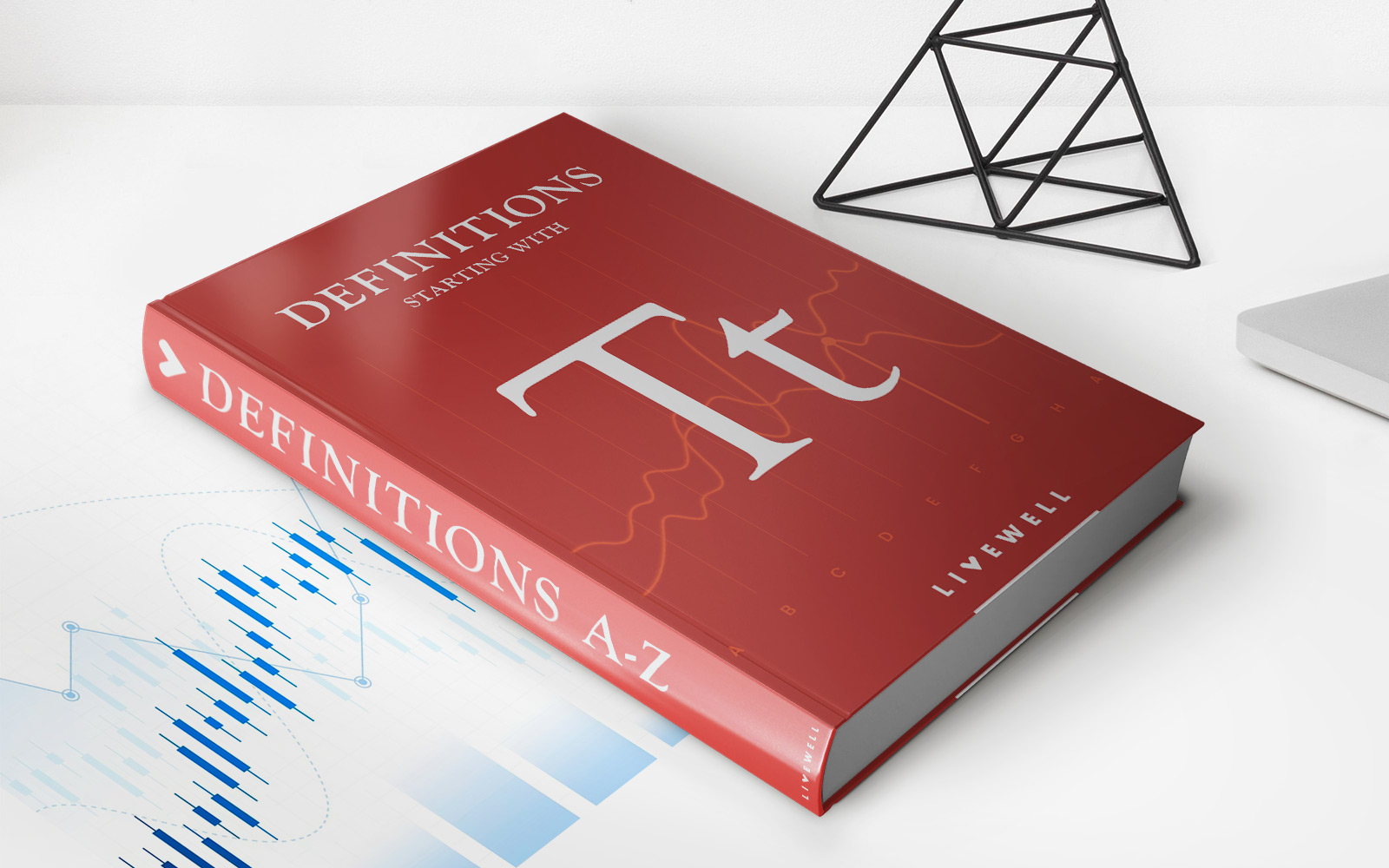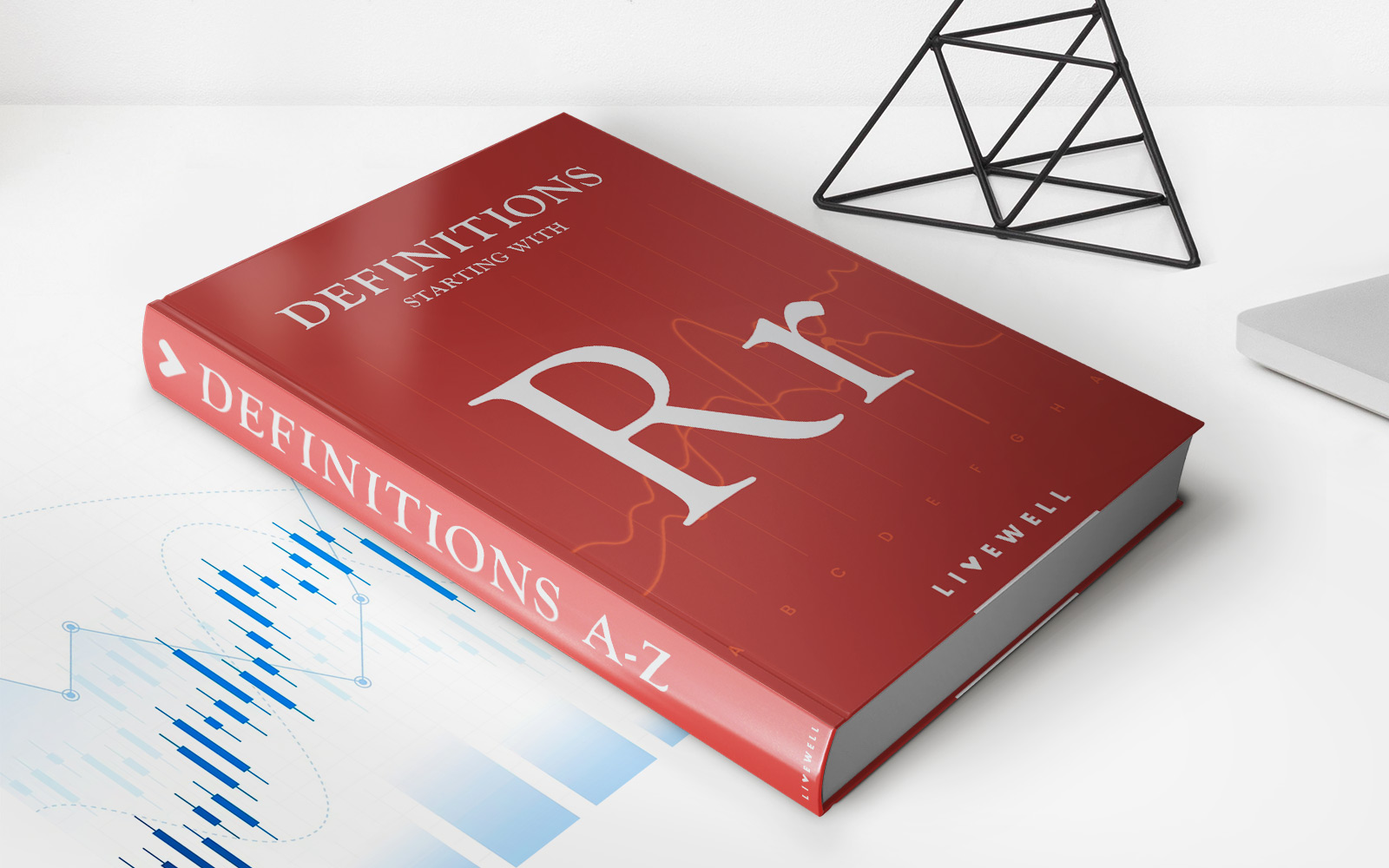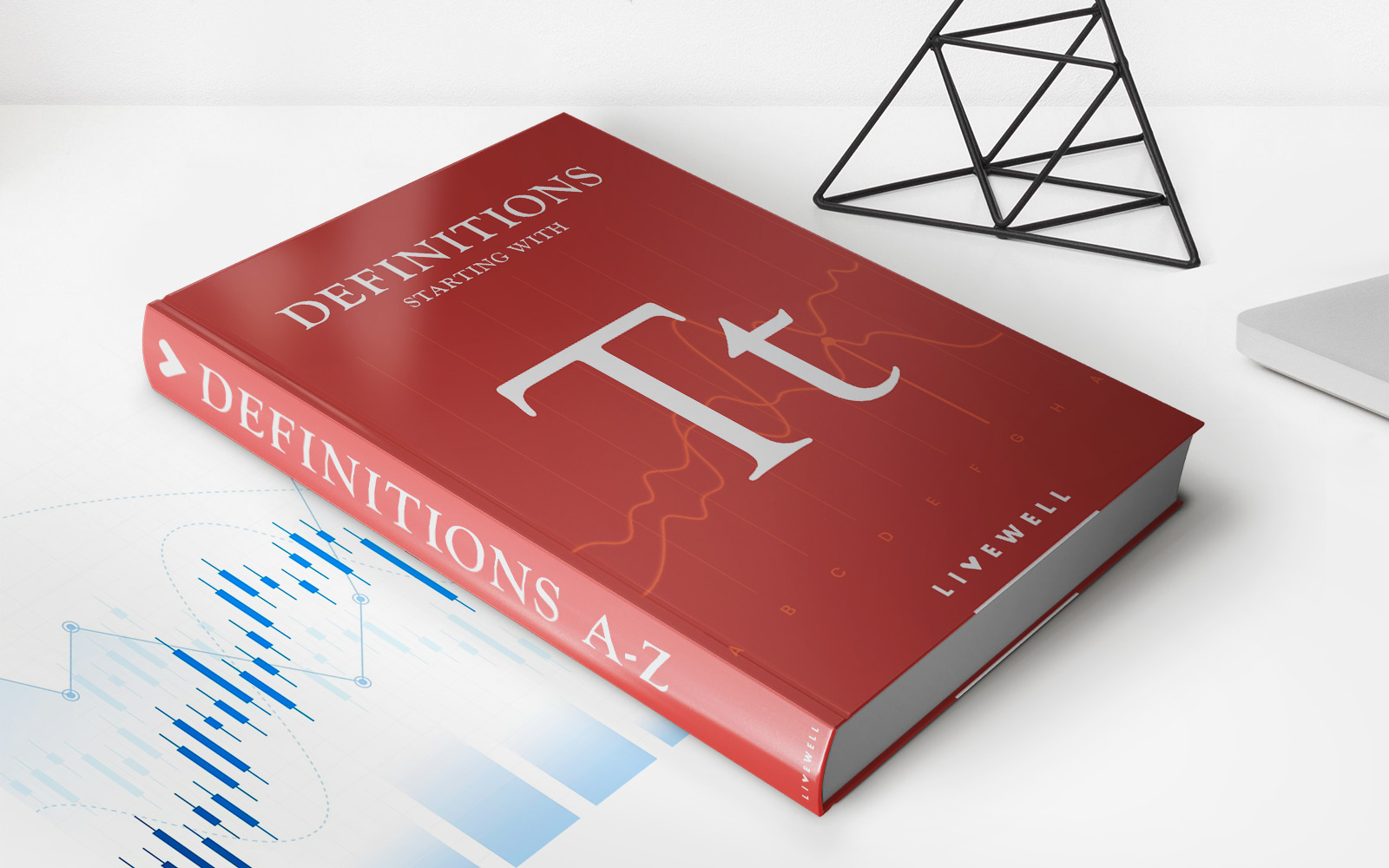Home>Finance>Condemnation: Definition In Real Estate, Types, And Examples


Finance
Condemnation: Definition In Real Estate, Types, And Examples
Published: October 31, 2023
Learn the definition of condemnation in real estate and its various types and examples. Explore how it relates to finance and gain valuable insights.
(Many of the links in this article redirect to a specific reviewed product. Your purchase of these products through affiliate links helps to generate commission for LiveWell, at no extra cost. Learn more)
Condemnation: Definition in Real Estate, Types, and Examples
When it comes to real estate, there are various legal terms and processes that need to be understood. One such term is “condemnation.” But what does condemnation mean in real estate, and how does it affect property owners? In this blog post, we will explore the definition of condemnation, discuss the different types, and provide examples to help you better understand this crucial concept.
Key Takeaways:
- In real estate, condemnation refers to the legal process of the government taking private property for public use.
- There are two types of condemnation: total and partial, depending on whether the entire property is taken or only a portion of it.
What is Condemnation in Real Estate?
Condemnation, in the context of real estate, refers to the legal process through which the government or a government agency takes private property for public use. It is important to note that condemnation is not the same as eminent domain, although the two terms are often used interchangeably. While eminent domain refers to the government’s power to take private property, condemnation is the legal action that initiates and formalizes this process.
When a property is condemned, the government determines that it is necessary to acquire the property for a specific public purpose. This purpose could include the construction of public infrastructure such as roads, schools, or parks. The government then files a legal complaint against the property owner, initiating the condemnation process.
Types of Condemnation
There are two primary types of condemnation: total and partial. The type of condemnation depends on whether the government is taking the entire property or only a portion of it.
1. Total Condemnation:
In a total condemnation, the government acquires the entire property, depriving the owner of all rights and ownership. In such cases, the property owner is entitled to receive fair compensation from the government based on the property’s market value.
2. Partial Condemnation:
A partial condemnation occurs when the government only takes a portion of the property, such as a strip of land or an easement. In this case, the property owner still retains ownership of the remaining property, but the government compensates them for the land taken. The compensation is typically based on the fair market value of the portion taken and any resulting damage or loss suffered by the owner.
Examples of Condemnation
Let’s consider a few examples to illustrate how condemnation works in practical terms:
Example 1:
A city plans to construct a new highway to improve transportation in the area. In order to build the highway, several properties along the proposed route need to be acquired. The city initiates the condemnation process by filing legal complaints against the property owners and providing them with fair compensation for their properties.
Example 2:
A county needs to expand a public park to accommodate the growing population. To do so, they identify a few adjacent properties that are necessary for the expansion. The county files a legal complaint against the property owners and proceeds with the condemnation process, compensating them for the land being taken.
Conclusion
Understanding the concept of condemnation is crucial for property owners and those interested in real estate. It is important to be aware of your rights as a property owner and to seek legal counsel if you find yourself confronted with a condemnation process. Remember, condemnation can result in the government taking either the entire property or a portion of it, and fair compensation should be provided based on the market value of the property.
By grasping the definition of condemnation, the different types, and by exploring these examples, you now have a better understanding of how this process can impact property owners. Whether it is the government taking an entire property or only a portion, the condemnation process involves legal steps and fair compensation for the property owner.














